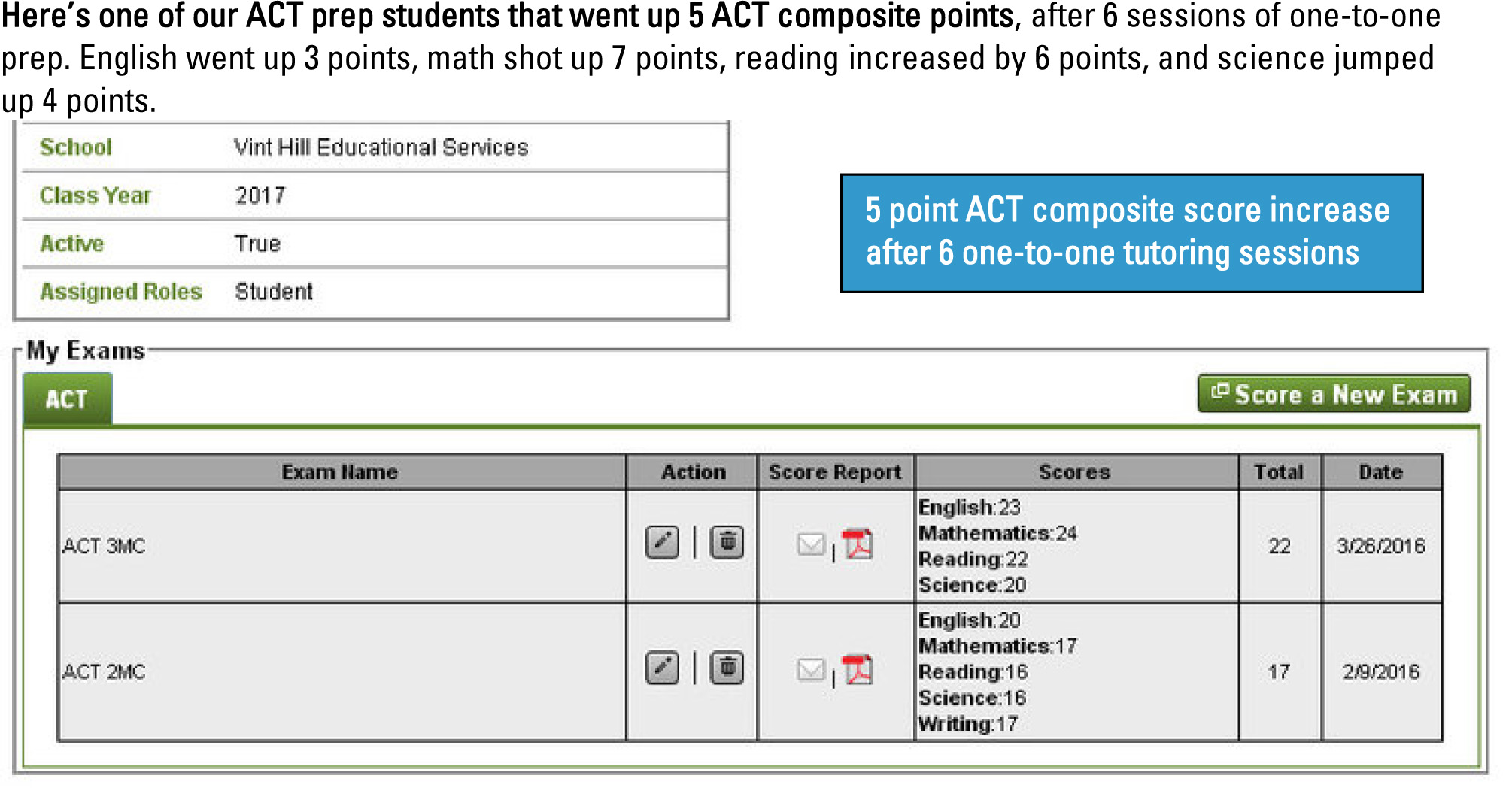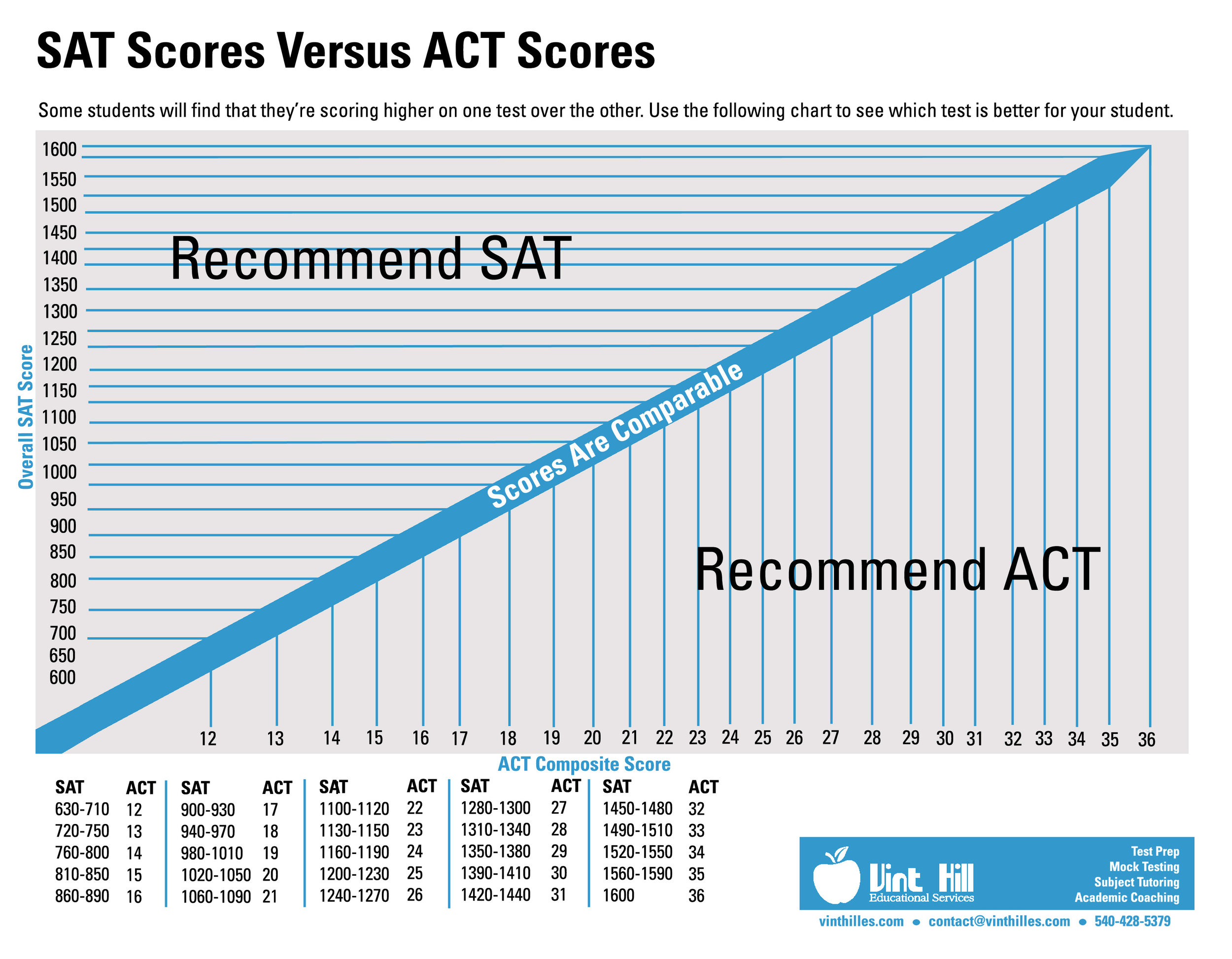Five College Admissions Trends For 2021
The Covid-19 pandemic has changed the relationship between college-bound students, families, and the institutions themselves. Some believe that these changes are permanent—from the de-emphasis of SAT/ACT scores to the widening economic gap between well-off institutions and struggling universities to the trend of more students delaying their freshman year. Only time will tell how the pandemic will alter university trends for future generations. However, the following five trends will likely be of greatest impact in 2021.
Trend 1: Authenticity and resilience are prized traits for applicants
Admissions committees are less interested in students who dabble in a dozen clubs than those who go all-in on their strengths and show excellence in their chosen fields. This has never been more true than in the Covid-19 era, when many students do not have the option to participate in extracurriculars as they have in years past.
Students who have doubled down on their strengths and ‘wowed’ admissions committees by being themselves fare better than those who don’t. There are plenty of ways students can get creative and showcase their talents and hard work. Students can write books, conduct sophisticated research, and even found national and global organizations. Colleges want to see applicants with the internal drive and resilience to lead something bigger than themselves. Stories of adaptability, ingenuity, and community-mindedness will undoubtedly impress in the pandemic era.
Trend 2: Standardized tests will be “optional but preferred”
Universities in which an SAT or ACT score is optional tend to accept students with test scores more frequently than they do those students without. For example, at the University of Pennsylvania, 75% of students admitted in the early round submitted standardized test scores, whereas only 25 percent did not. So be aware that taking the SAT or ACT is probably a good idea if you are hoping to get into one of the more competitive schools.
Trend 3: More students will continue to apply to early admission programs
In the fall of 2020, early admission applications to Penn rose by 23%. MIT saw an unprecedented 62% increase in early applications from the fall of 2019 to 2020. Harvard has seen an increase of 57% from last year. This dramatic increase in early applicants among highly competitive schools may be explained by the fact that many of these schools, including all of the Ivies, no longer require SAT and ACT scores. Another factor: in years past (before the pandemic), students who applied early were more likely to gain acceptance—though the rate of early acceptance is decreasing at elite institutions due to the sheer volume of applicants. For instance, Harvard accepted about 7% of its early applicants in the fall of 2020, as opposed to nearly 14% of its early applicants in 2019. With travel plans curbed and high school seniors choosing to connect virtually with universities, students will continue applying in high numbers to highly selective colleges which they may not have considered pre-pandemic.
Trend 4: The return of international students to campus
With the advent of the Biden administration, we will see more international students back on campuses. Recent legislation that limited international student visas to four years (and in the case of some countries, two years) was in opposition to the long-standing practice of allowing students to stay in the US as long as they are in school and progressing in their studies. These policies resulted in a drastic decrease in the number of international student visas issued, from more than 600,000 in 2015 to 364,204 in 2019.
In a pre-election poll conducted by the Graduate Management Association Council, international candidates indicated that they would be more likely to matriculate in the U.S. if Biden became president. Under the new administration, federal agencies will likely work hard to facilitate international students’ higher education. It is likely we will see a significant increase in international scholars, even if some Covid-19 restrictions remain in place across college campuses.
Trend 5: More students taking a gap year before college
The Covid-19 pandemic caused many students to consider a non-traditional start to college. The number of students who chose to take a gap year rose significantly in the fall of 2020. The class of 2021 may choose a similar path and defer their college admission in order to explore non-academic interests.
The activism and organizing efforts of Gen Z, born in the late ‘90s, are well documented and have been compared to the youth movements of the 1960’s and 70’s. Members of Gen Z—which include current high school seniors—report being highly concerned about the environment, racism, discrimination against the LGBTQ community, economic inequality, and many other issues. Given the unrest in 2020 in regards to racism and pandemic inequalities, there will be a strong pull for future college students to go out and make a difference in their communities. This will especially be true if Covid-era restrictions remain in place this fall.
Mock ACT/SAT Test Dates with a Live Virtual Proctor
VHES offers online mock SAT and ACT tests Saturdays at 9:00 am through Lessonspace, a teaching platform that enables our proctors to oversee virtual exams and gauge students' test readiness. Upon registering for mock tests, students will receive a test packet in the mail that includes the following:
ACT/SAT answer sheet
ACT/SAT test booklet
ACT/SAT essay prompt
Four pages of lined paper
Testing instructions
The ACT/SAT essay is optional. Students interested in taking the essay will continue with the test after the final multiple-choice section (ACT Science or SAT Math). Please sign up no later than Monday during the week of the mock test. The day before each test, students will receive an emailed link to join the virtually proctored test.
Upon completion of the test, parents and students receive a 9-page diagnostic report showing how the student is performing in each dimension of the SAT or ACT. This detailed report is used to establish a baseline score, is the basis for test-prep planning, and is instrumental in helping us customize a tutoring program that addresses the most pertinent test sections. For students taking both the ACT and SAT, we also provide a concordance chart with test recommendations. See what our baseline test reports look like: ACT and SAT. There is a $25 test registration fee.
Register for a mock test by clicking on a specific test date below.
Mock ACT test dates:
more dates TBA
Mock SAT test dates:
more dates TBA
Visit our Mock Testing page to learn more.
Learn more about our test prep program.
Find out how an academic coach can help.
Interested in pod tutoring? Contact us to learn more.










